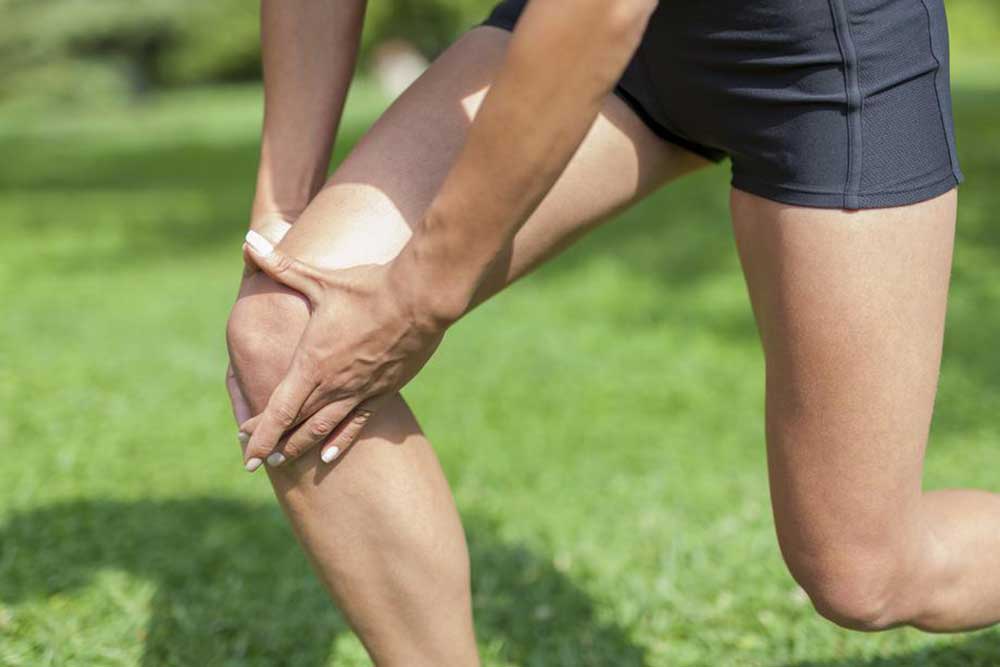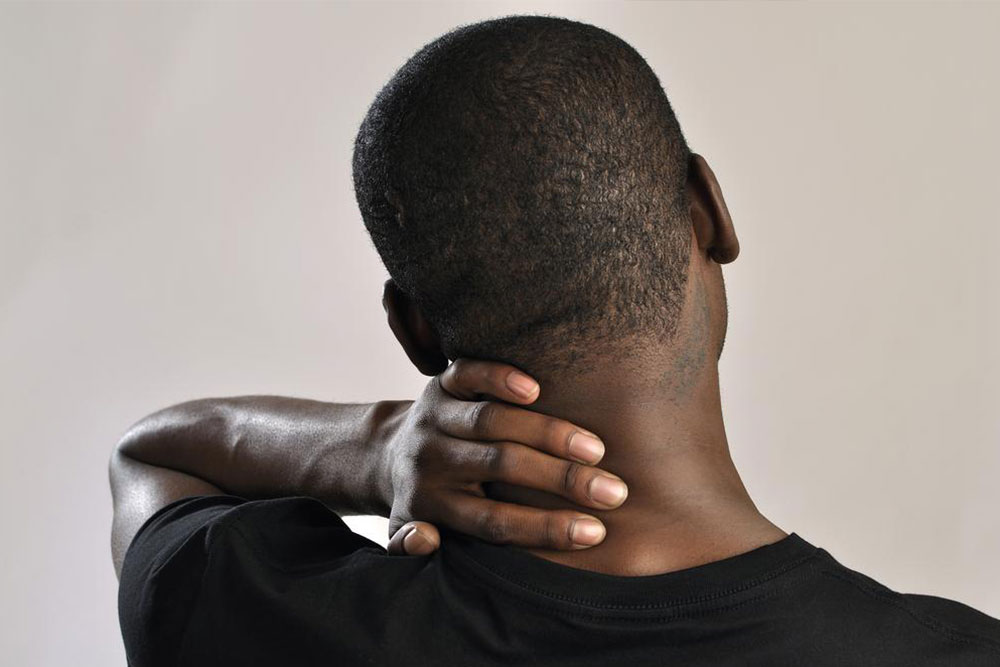Recognizing the Key Signs of Sciatic Nerve Pain
Sciatic nerve pain often presents with lower back pain, leg discomfort, and weakness, depending on the affected nerve root. Common causes include spinal stenosis, degenerative discs, and muscle spasms. Severity varies; some cases require surgery, but many respond well to non-invasive treatments. Recognizing symptoms early is crucial for effective management and preventing worsening conditions.
Sponsored

Many lower back discomforts stem from pressure on the sciatic nerve, which extends from the lumbar spine down through each leg. The most typical symptom is lower back pain. Additional signs include:
Leg pain that worsens with sitting
Hip discomfort
Burning sensation in the legs
Difficulty moving the foot or leg
Leg weakness
Persistent unilateral pain
Shooting pains that hinder movement from lying down
Sciatica predominantly affects one side of the body.
The discomfort caused by sciatic nerve compression can range from mild to severe. It may worsen without treatment. Causes include nerve irritation in the lower lumbar spine, spinal canal narrowing (lumbar spinal stenosis), degenerative disc disease, muscle spasms in the buttocks or lower back, and pregnancy. Obesity, prolonged high heel use, and sleeping on too-soft mattresses can heighten symptoms.
Symptoms tend to intensify with sudden movements like sneezing or changing positions. Since the sciatic nerve comprises five nerves branching from the lumbar and sacral regions, symptoms can vary depending on which nerve root is compressed. For example, compression of the S1 nerve affects the outer foot, causing weakness and diminished ankle reflexes. An L4 nerve compression impacts the thigh, leading to difficulty straightening the leg and weak knee reflexes. L5 nerve issues cause numbness or pain between the first two toes. Multiple nerve compressions may produce combined symptoms.
In rare cases, severe sciatica may require surgical intervention. Immediate medical consultation is necessary if symptoms worsen, do not improve, or involve both legs (bilateral sciatica). This can also impact bladder and bowel control or cause unusual sensations in the groin, though such cases are rare. Non-surgical treatments include over-the-counter pain relievers, heat and cold therapy, and epidural injections.






